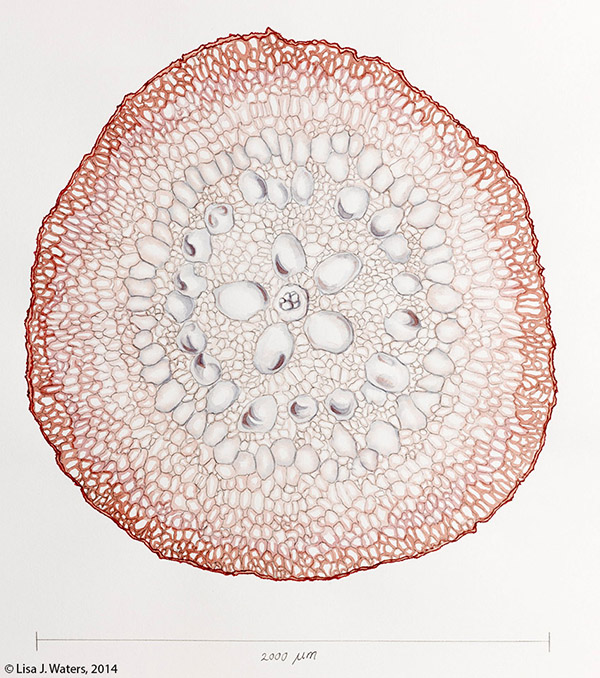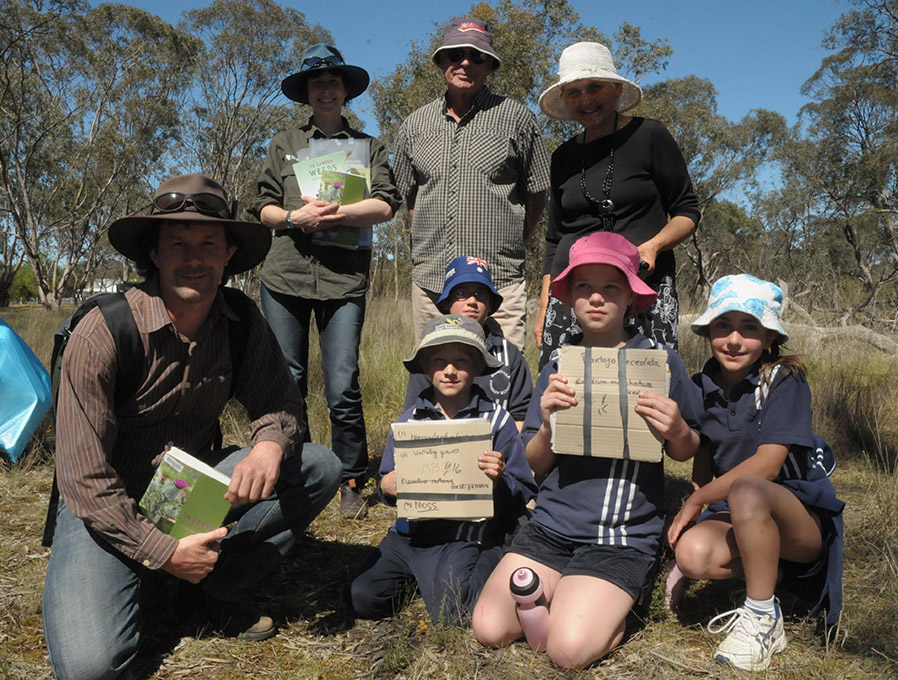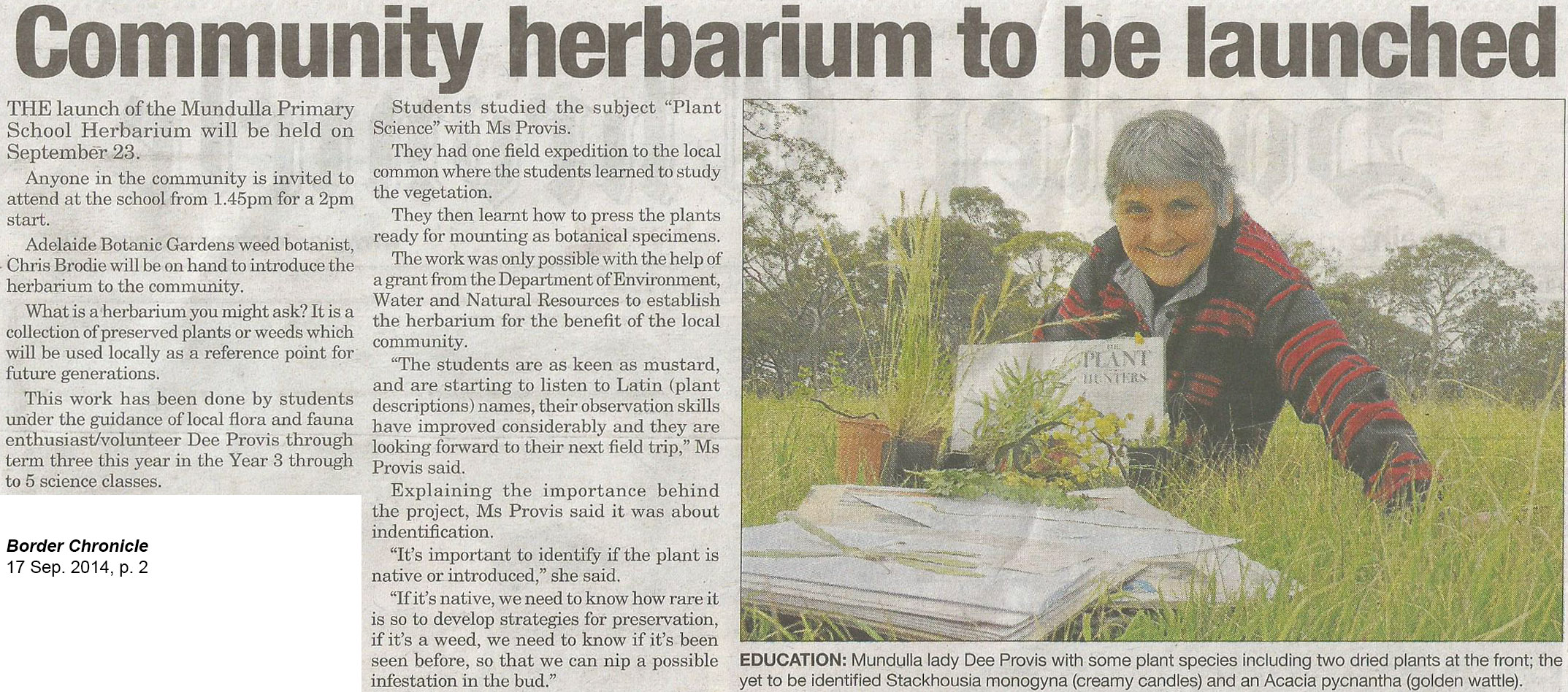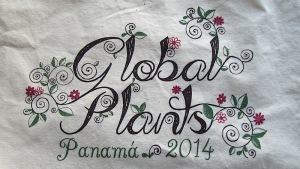 Here is a first look at some more artwork created by Lisa Waters. It is inspired by her research on the life and work of 19th century amateur botanist and collector Jessie L. Hussey.
Here is a first look at some more artwork created by Lisa Waters. It is inspired by her research on the life and work of 19th century amateur botanist and collector Jessie L. Hussey.
Lisa says
…Jessie L. Hussey had a significant collaboration with Prof. Jacob Agardh of Lund, Sweden, who was the leading phycologist of his time. Sadly Jessie died in March 1899, only aged 36, with so many plans left unfinished, whilst Prof. J Agardh was able to live a long and productive life working on his beloved algae up until his death at age 87 in January 1901.
After Jessie’s death Agardh continued to work on her algae specimens and one of the last things he did was describe a new genus from her collections, which he named in her honour in a paper published after his death in 1901. The genus Husseya has one species, which he named Husseya australis. Diagnostic characters for this species include a distinctive central cell structure and that older plants grow a thick outer wall of cells which is absent in younger plants.
These two paintings are of transverse sections of Husseya australis as seen under a high powered microscope and represent the collaboration between Jessie and Agardh. The younger plant represents Jessie, who did not get to live the long productive life she had planned and therefore did not get to develop the thick outer wall of cells. The older plant represents Agardh, who lived a long productive life and was able to develop the intricate outer wall of cells.
 The current name for Husseya australis is Husseya rubra. The Algae revealed fact-sheet for this species can be found here on the eFloraSA web-site.
The current name for Husseya australis is Husseya rubra. The Algae revealed fact-sheet for this species can be found here on the eFloraSA web-site.
Please click here and here to see some of Lisa’s previous artwork and more information about her project. She is continuing her work, so keep following this blog for updates.






 This week, some 150 delegates from around the world converged on Panama City to discuss the
This week, some 150 delegates from around the world converged on Panama City to discuss the
You must be logged in to post a comment.